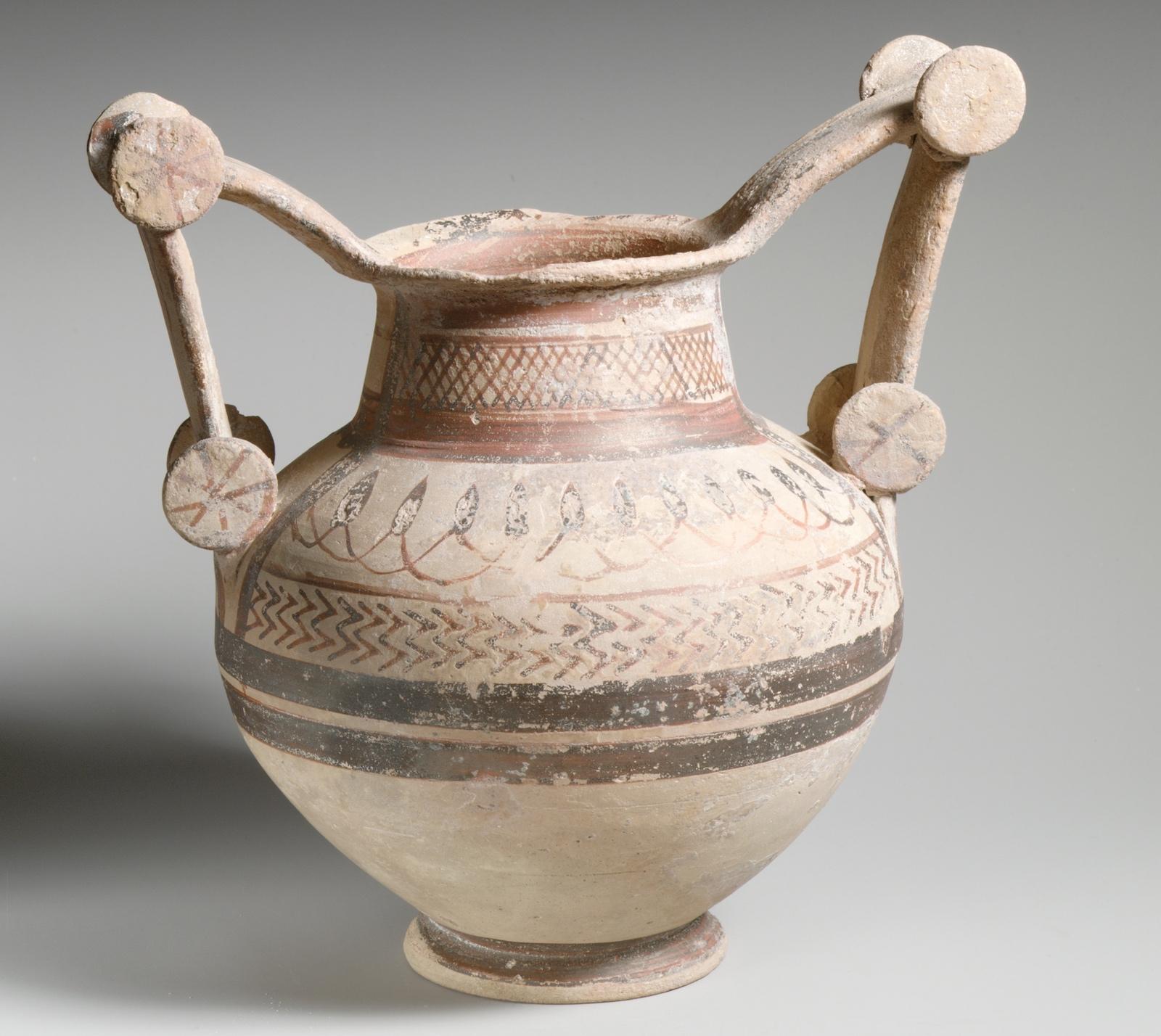In any given year, the Carabinieri art squad will conduct thousands of raids and recover hundreds of thousands of both stolen and counterfeit artifacts. According to a report obtained by National Geographic, raids in 2014 yielded the recovery of approximately 38,000 works of art; 80,000 fossils; and 18,000 ancient artifacts. The years-worth of objects were estimated to be valued at more than $500 million.
Italy is home to several of the world's most heavily looted archeological sites. During the pandemic—which, of course, caused excavations to suddenly halt; threw citizens into economic crisis; and required police to shift focus from guarding objects in sites, churches, and museums to enforcing the COVID-induced lockdown—the country experienced a serious uptick in the looting of artifacts and art.
According to Katie Paul—the co-director of the Antiquities Trafficking and Heritage Anthropology Research (ATHAR) Project—the trading of looted artifacts through Facebook groups also increased notably. In the Spring of 2020, one of the largest groups monitored by the ATHAR Project doubled in size to 300,000 individual members. Experts are now working double time to combat the last year of increased thievery.






























